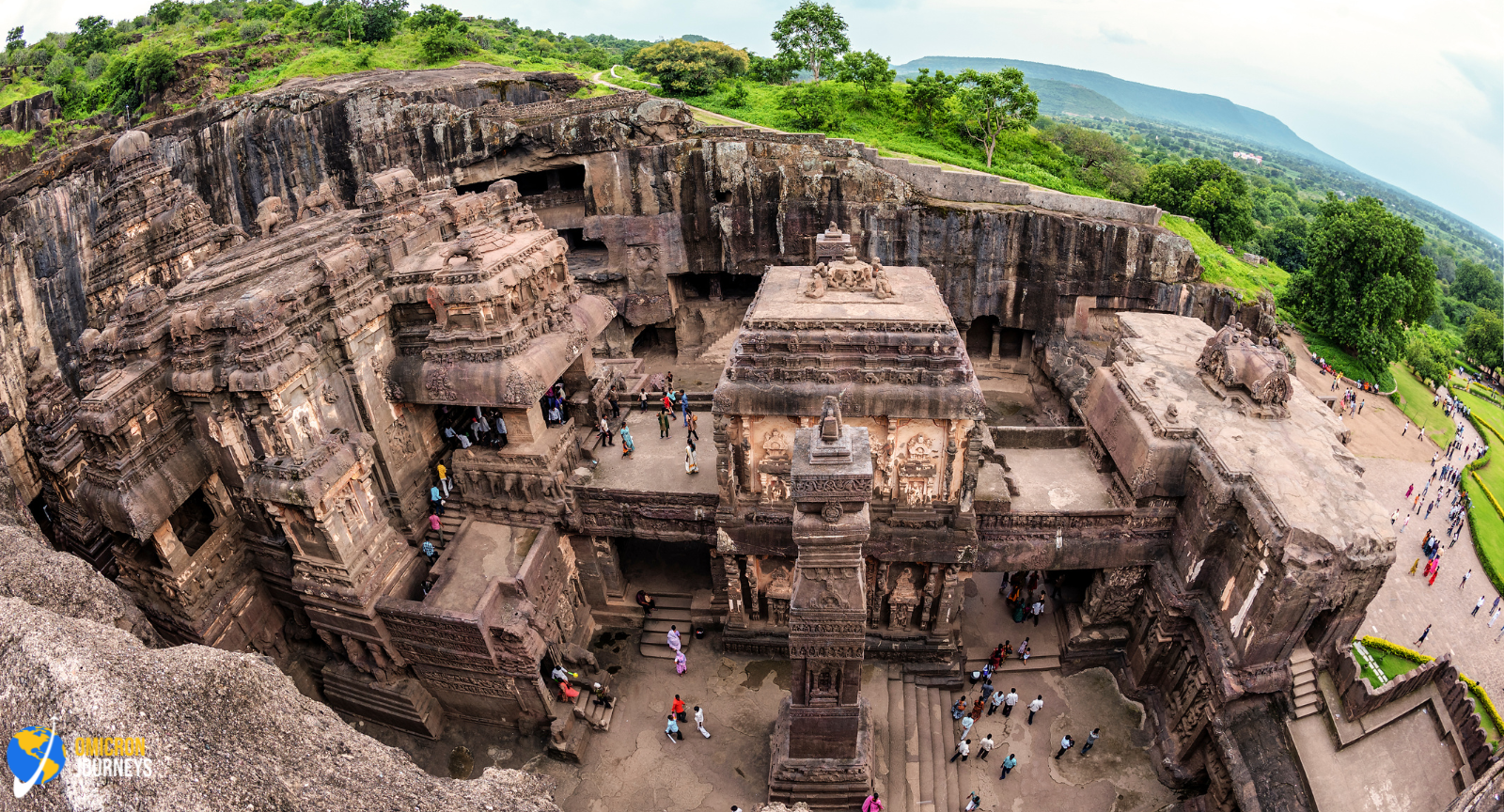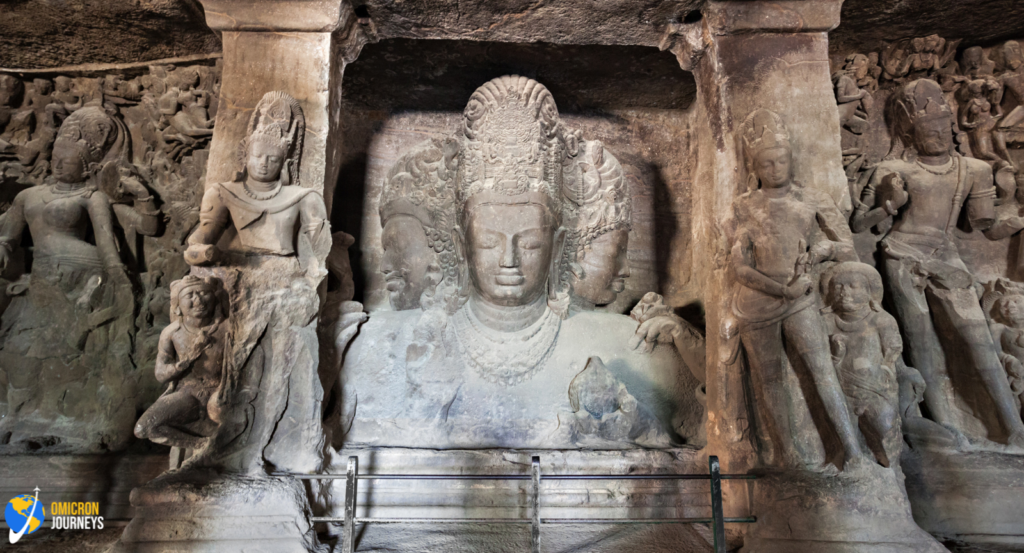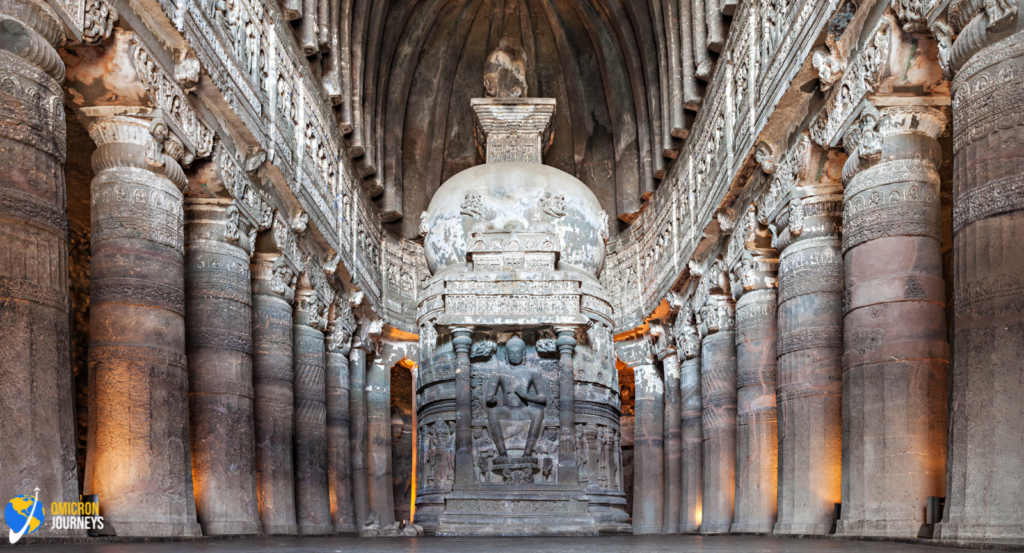Ajanta Caves – A UNESCO World Heritage Site in Maharashtra
Ajanta Caves, an iconic UNESCO World Heritage Site, is a marvel of ancient Indian rock-cut architecture. Nestled in the Sahyadri hills of Maharashtra, these caves date back to the 2nd century BCE and house some of the finest examples of Buddhist art, murals, and sculptures. If you are planning a visit, here’s everything you need to know about Ajanta Caves.
History of Ajanta Caves
Ajanta Caves were discovered in 1819 by a British officer while on a tiger-hunting expedition. These caves, carved in two different phases, belong to the Satavahana and Vakataka dynasties. They primarily served as a retreat for Buddhist monks and depict the life of Buddha through intricate paintings and carvings.
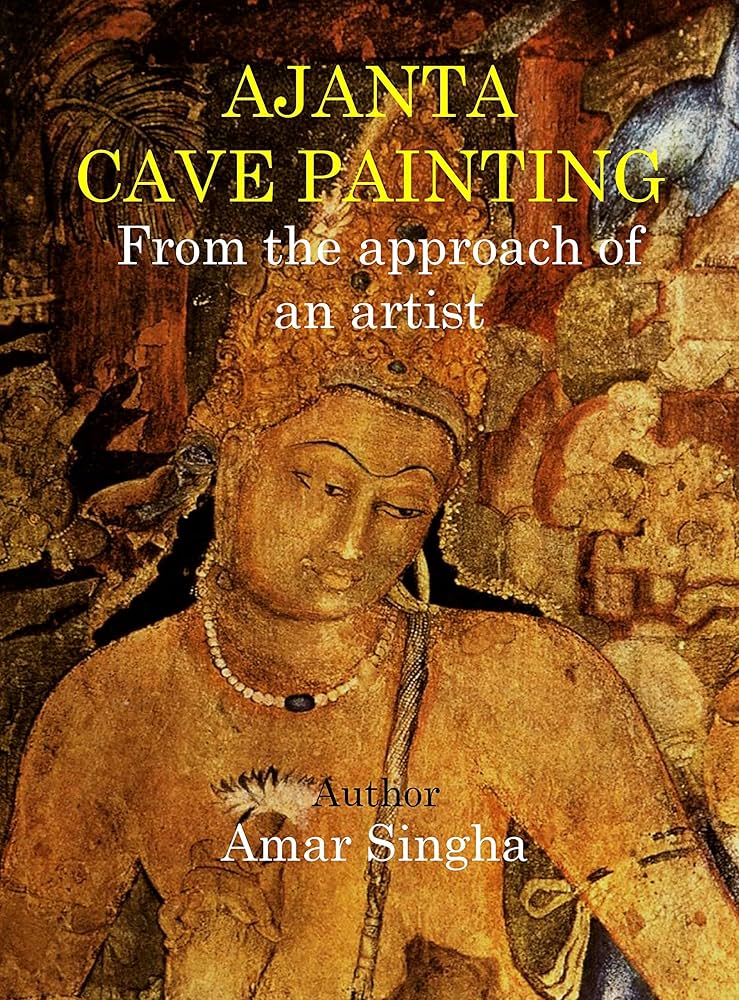
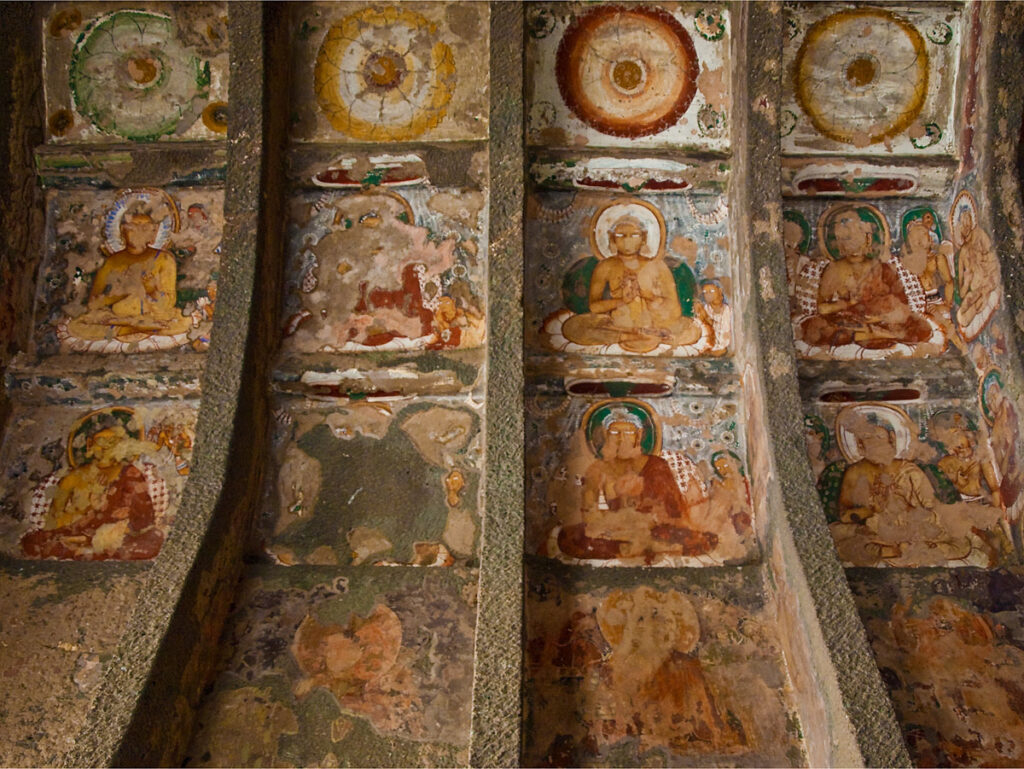
Architecture and Artwork
Ajanta consists of 30 rock-cut caves, categorized into Chaitya Grihas (prayer halls) and Viharas (monasteries). The most famous feature of Ajanta is its murals, which illustrate stories from Jataka tales, depicting previous lives of Buddha. The artwork here exhibits fine detailing, expressive facial features, and vibrant colors that have remarkably stood the test of time.
Major Attractions in Ajanta Caves
1. Cave 1
Known for its breathtaking murals of Bodhisattva Padmapani and Avalokiteshvara, Cave 1 is one of the most visited caves at Ajanta.
2. Cave 2
This cave is famous for its intricate ceiling paintings and detailed sculptures.
3. Cave 16
Also called the “Monumental Cave”, it is one of the most elaborately decorated caves with a grand doorway.
4. Cave 26
This cave features an impressive carved reclining Buddha, representing Mahaparinirvana (Buddha’s final liberation).

Best Time to Visit Ajanta Caves
The ideal time to visit Ajanta Caves is between October and March, when the weather is pleasant. The caves remain open from 9:00 AM to 5:00 PM, except on Mondays.
How to Reach Ajanta Caves
Ajanta Caves are well-connected by road, rail, and air.
- By Air: The nearest airport is Aurangabad Airport, around 100 km away.
- By Train: The closest railway station is Jalgaon (60 km) or Aurangabad (100 km).
- By Road: Regular buses and taxis are available from Aurangabad.
Entry Fees & Timings
| Category | Entry Fee |
| Indian Citizens | ₹30 per person |
| Foreign Tourists | ₹500 per person |
| Children (below 15) | Free |
Timings: 9:00 AM – 5:00 PM (Closed on Mondays)
Tips for Visitors
- Hire a local guide to understand the history behind the paintings and sculptures.
- Carry water and wear comfortable footwear as the caves require walking and climbing.
- Photography is allowed but without flash inside the caves.

Nearby Attractions
- Ellora Caves – Another UNESCO World Heritage Site, famous for the Kailasa Temple.
- Daulatabad Fort – A historical fort known for its impressive defense mechanisms.
- Bibi Ka Maqbara – A Mughal-era mausoleum resembling the Taj Mahal.

Conclusion
Ajanta Caves offer a mesmerizing glimpse into ancient Buddhist culture and artistry. Whether you’re a history enthusiast or an art lover, visiting Ajanta will be a once-in-a-lifetime experience. To explore more incredible destinations, check out our Maharashtra Travel Guide.
For guided tours and travel bookings, visit Omicron Journeys and plan your unforgettable trip today!

